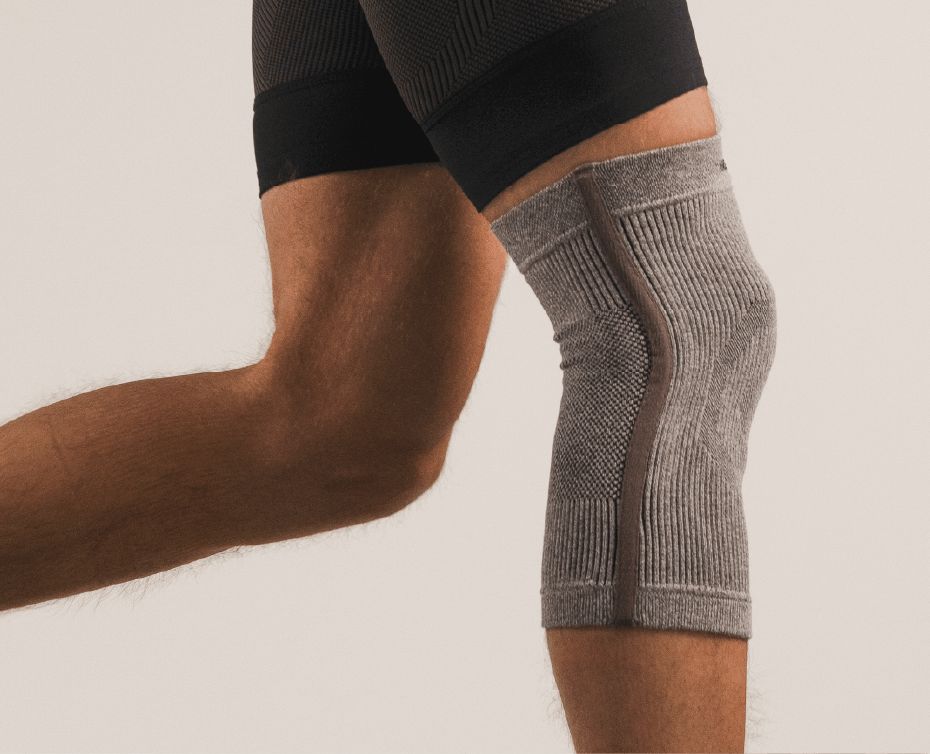Medically Reviewed By | Dr. Kate Panawash, PT, NCS, DPT
Neck pain is extremely common. According to Practical Pain Management, neck pain is the fourth most common type of chronic pain (after lower back pain, knee pain, and headaches.) And according to the National Library of Medicine, around 1 in 3 people will be impacted by neck pain at least once per year, with women slightly more likely to be affected than men. So if you suffer from occasional, frequent, or chronic neck pain, you are far from alone.
Neck pain can take several forms. It might be acute (short-term) or chronic (persistent and long-term.) It may feel like a dull ache, a burning or stabbing pain, or a shooting pain that travels to your shoulders or arms. Neck pain can also be accompanied by other symptoms, such as a headache or numbness and tingling (“pins and needles”).
Neck pain can be debilitating, seriously impacting your ability to work, enjoy life, and perform your daily tasks. Fortunately, it is also often both preventable and treatable. Read on to learn about some of the most common causes of neck pain and what you can do about them.
Cervical Spondylosis

As we age, our bodies are subjected to the natural wear and tear that occurs over time. This can lead to various types of acute or chronic pain, including neck pain. A common condition called cervical spondylosis can cause neck pain, which usually occurs in those over 50. With this condition, the soft disks between your vertebrae become compressed.
Being obese, living a sedentary lifestyle, having severe arthritis, and sitting for long periods with poor posture can all increase your risk of cervical spondylosis.
If you are diagnosed with this condition, your healthcare provider will help you to come up with an appropriate treatment plan. This may include medication (such as painkillers), physical therapy, the use of ice or heat, or wearing a soft collar to support your neck. Surgery is not usually required as in most cases, the condition can be managed with less invasive treatments. In rare instances, however, surgical solutions may be advised.
Katelyn Panawash, Doctor of Physical Therapy (DPT) and Board Certified Neurologic Clinical Specialist (NCS), notes that “physical therapy plays a crucial role in the non-invasive management of cervical spondylosis. Targeted therapeutic exercises can help improve neck flexibility, strengthen supporting muscles, and enhance overall posture.”
Poor Posture

Poor posture puts strain on the muscles and ligaments that support your head and neck. Over time, this can lead to chronic neck pain. Those who work long hours at desk-based jobs, who use computers frequently, and who sit for long periods of time are particularly at risk. Tensing your shoulders or bending your head to read a smartphone screen are also risk factors.
For those facing such challenges, Dr. Panawash suggests an ergonomic assessment by a professional or a physical therapist, which will make sure your work environment is set up optimally to support good posture positions.
It is never too early or too late to start practicing proper posture. Your ears should be positioned directly above your shoulders, with your shoulders back and chest open. This minimizes stress on your neck. Try not to bend your head forward, slouch, or round your shoulders.
Stress and Tension

Feeling stressed, anxious, depressed, or experiencing other mental health struggles can have a physical impact on your body. When we are stressed, our muscles become tense, which over time can lead to pain. The neck is one of the most common parts of the body that stores excess tension.
The best way to reduce tension-related neck pain is to reduce stress in your life overall. This should include addressing the situations that are stressing you out. You can also see a therapist, practice relaxation techniques such as yoga or meditation, and ensure that you incorporate plenty of enjoyable and stress-relieving activities into your daily routine.
Pay attention to your body next time you feel stressed. Notice where you are holding tension and aim to intentionally relax your muscles. Drop your shoulders, loosen your neck, and take a few deep breaths.
Neck Injury

Physical trauma can cause neck injuries. Motor accidents, falls, and sports injuries are some of the most common causes of neck pain, which can last anywhere from days to years depending upon the severity of the injury and the types of treatment sought. Minor neck injuries can also occur through twists or problematic sleeping positions.
If you suffer from a neck injury, you should always see a medical professional as you may require interventions such as medication, physical therapy, or a brace to support your neck while it heals. Never leave a neck injury untreated; opting for a comprehensive rehabilitation program following such an injury can optimize recovery outcomes.
Stretches for Neck Pain
We recently published an article on three easy stretches you can do to relieve neck pain. These include neck rotations, shoulder rotations, and neck extensions. Whatever you do, don’t roll your neck, as this can cause more problems than it solves. Visit the article to learn how to perform these stretches safely.
Read more

Medically Reviewed By | Dr. Kate Panawash, PT, NCS, DPT Do you often find that you are in pain at the end of the day, particularly in your back, neck, or shoulders? This is extremely common amongst...

Medically Reviewed By | Dr. Kate Panawash, PT, NCS, DPT Do you often find that you are in pain at the end of the day, particularly in your back, neck, or shoulders? This is extremely common amongst...






Leave a comment
All comments are moderated before being published.
This site is protected by hCaptcha and the hCaptcha Privacy Policy and Terms of Service apply.